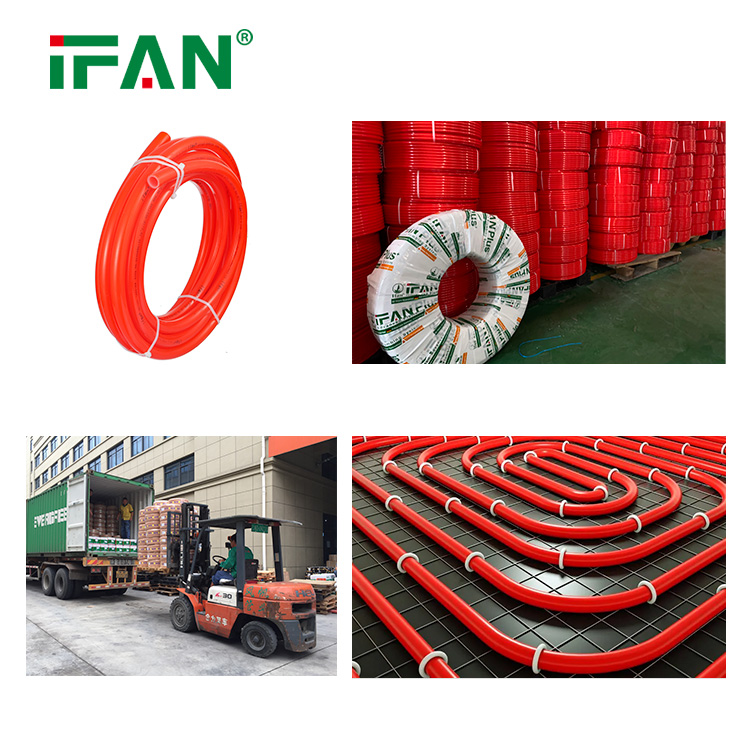Radiant heating systems have gained popularity for their efficiency and comfort, and PERT (Polyethylene Raised Temperature) pipe plays a crucial role in these applications. Here’s a detailed look at how PERT pipe contributes to radiant heating systems:
1. Material Properties
Flexibility: PERT pipe is highly flexible, allowing for easy installation in various configurations, including underfloor heating systems.
Durability: Resistant to corrosion and scale build-up, PERT ensures long-term performance in heating applications.
2. Heat Transfer Efficiency
Thermal Conductivity: PERT’s excellent thermal conductivity allows for efficient heat transfer, ensuring that warmth is evenly distributed across the heated surface.
Low Heat Loss: The insulation properties of PERT minimize heat loss, enhancing overall system efficiency.
3. Installation Benefits
Lightweight and Easy to Handle: PERT pipes are lightweight, making them easier to transport and install compared to traditional metal piping.
Quicker Installation: Their flexibility allows for quick bending and shaping, reducing installation time and labor costs.
4. Compatibility with Various Heating Sources
Versatile Applications: PERT pipes can be used with various heating sources, including boilers, heat pumps, and solar heating systems, making them a versatile choice for radiant heating.
5. Temperature Resistance
High-Temperature Tolerance: PERT pipes are designed to withstand higher temperatures, typically up to 80°C (176°F), making them suitable for hot water applications in radiant heating systems.
6. Environmental Considerations
Recyclability: PERT is a more environmentally friendly option compared to some traditional materials, as it can be recycled.
Low Carbon Footprint: The efficient performance of PERT systems can contribute to lower energy consumption and reduced greenhouse gas emissions.
7. Cost-Effectiveness
Maintenance Savings: The durability of PERT reduces the need for frequent repairs or replacements, further enhancing cost savings.
Reduced Energy Costs: The efficiency of radiant heating systems using PERT pipes can lead to lower energy bills, making it a cost-effective solution in the long run.
User Comfort
- Consistent Heating: Radiant heating systems provide uniform warmth, eliminating cold spots and enhancing comfort in living spaces.
- Quiet Operation: Unlike forced-air systems, radiant heating operates quietly, contributing to a peaceful environment.
Conclusion
In summary, PERT pipe plays a vital role in the efficiency and effectiveness of radiant heating systems. Its unique properties—such as flexibility, durability, and excellent thermal conductivity—make it an ideal choice for modern heating solutions. As energy efficiency and comfort continue to be priorities in building design, PERT pipe will likely remain a key component in the evolution of radiant heating technology.
View more:https://www.ifanfittings.com/


